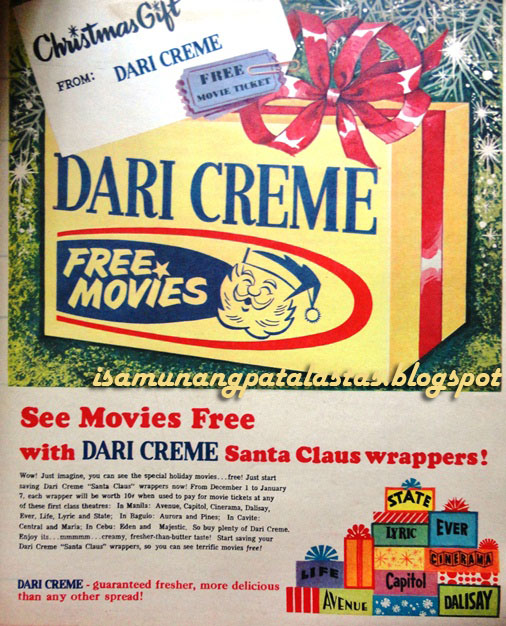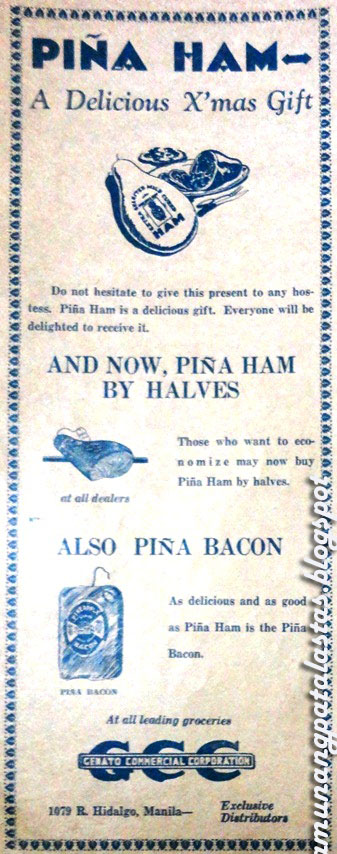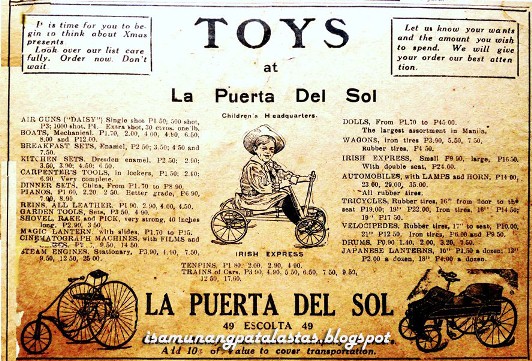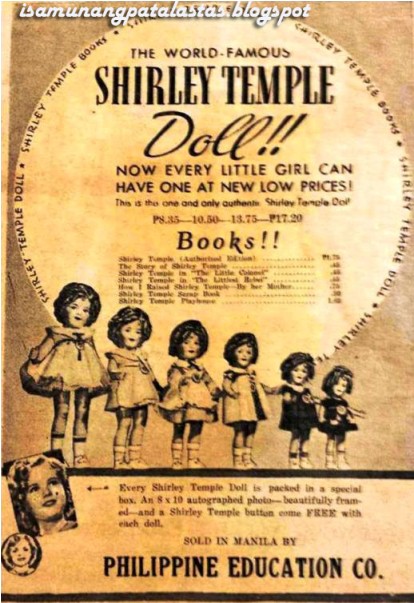 |
| WHITE RABBIT AD DETAIL. Early full color ads, 1962. |
WHITE RABBIT was a brand of sweet toffee candy that was first produced in China in 1943 by
ABC Company—which was based on an English milk candy formula. The first ABC milk candies were named
ABC Mickey Mouse Sweets, and became immensely popular among kids. However, with 1950s socialist revolution in China, the western Mickey Mouse mascot was deemed politically incorrect.
The wrapper was redesigned with a
White Rabbit against an artist's paint palette, with Chinese and English hand-lettering in a color scheme of red, blue and black against a white background. The new animal label—and the candy—became China’s leading candy and started to gain more patronage worldwide.
 |
CANDYMAN PHILIPPINES, Malabon.
Picture: http://photos.wikimapia.org/p/00/01/20/10/02_big.jpg |
In 1960,
Candyman Inc. in Malabon Rizal—already a leading maker of Philippine candies—was granted the license to manufacture White Rabbit for the local market.
The butter toffee candies—which were harder than the Chinese version-- found favor among sweet-toothed Filipino children and
White Rabbit was soon being advertised on print ads, along with other
Candyman brands like
Chokom and
Super Kreem.
White Rabbit, however was the lead brand in all its print ads. It became the candy brand of choice for many decades-an effective
‘pampaalis ng suya”, while in school or at play.
 |
LEFT: A very early 1961 B&W Print Ad of WHITE RABBIT advertise with
Super Kreem and Chokum. The colored print ad dates from 1962. |
In July 2007, the Bureau of Food and Drugs Administration (BFAD) listed
White Rabbit as among 4 Chinese brands recommended for recall due to their formalin and formaldehyde content. Although, scientific testing found the candy safe for eating, the local Philippine distributor of
White Rabbit, Cheng Ban Yek & Company, bowed to the BFAD recall order.
Local manufacturer
Candyman Philippines, on the other hand, contended that the White Rabbit produced here were formalin-free. The company even opened its factory doors to media to clarify reports about the BFAD pullout order.
 |
| 1962 CANDYMAN Omnibus Ads, with White Rabbit as lead product. |
In 2009,
White Rabbit was relaunched in China with a new brand name:
Golden Rabbit, formulated with milk from Australia and New Zealand, instead of China.
Candyman Philippines continue to produce White Rabbit candies today, still loved by millions, after all these years.






































